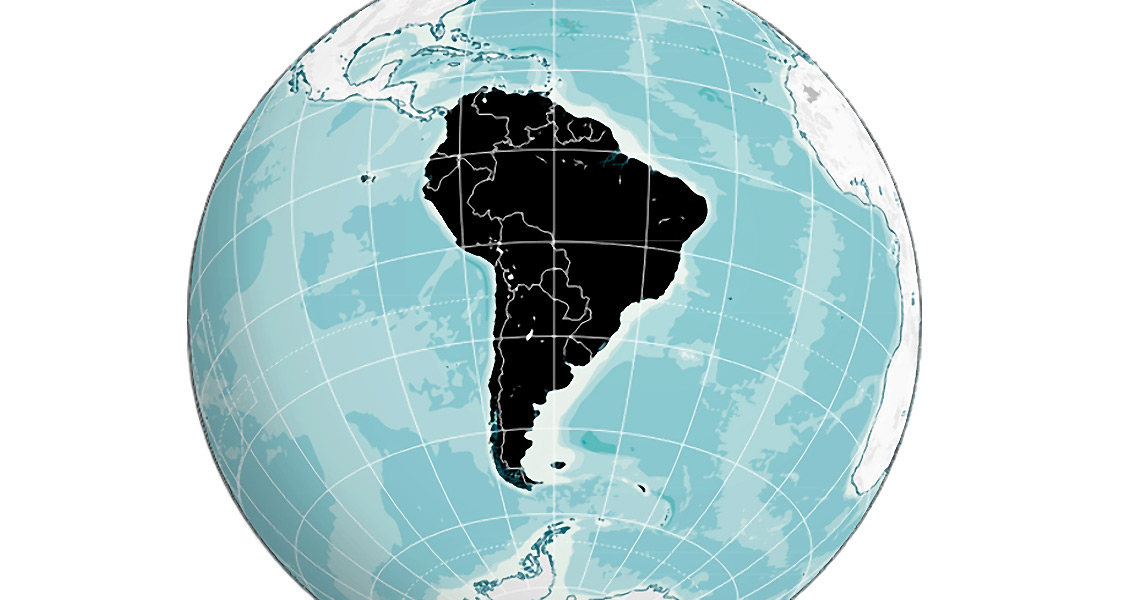<
The USA and Latin America: A History of Meddling?
